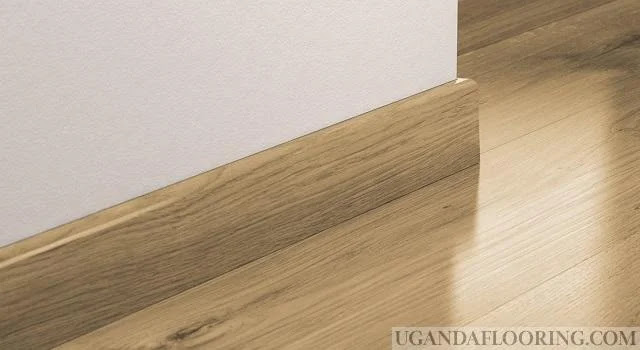Enhancing Interiors with Wooden Skirting: A Timeless Touch of Elegance
Wooden skirting, though often overlooked, serves as the subtle yet defining feature that ties together the aesthetic appeal of any interior space. This humble element, installed at the base of walls, not only adds a finishing touch but also brings warmth, character, and durability to the room. Its versatility makes it an indispensable component of interior design, effortlessly complementing a range of styles from rustic to contemporary.
Crafted from various wood species such as oak, pine, maple, or walnut, wooden skirting offers a spectrum of hues, grains, and textures to suit diverse preferences and design schemes. Whether stained to showcase the natural beauty of the wood or painted to match existing decor, wooden skirting seamlessly integrates into any environment, elevating the overall ambiance with its timeless elegance.
One of the most appealing aspects of wooden skirting is its ability to conceal imperfections and transitions between different surfaces. It creates a smooth transition from floor to wall, covering gaps and inconsistencies while providing a clean, cohesive look. This functional aspect enhances the visual appeal of the room, making it appear more polished and refined.
Beyond its aesthetic charm, wooden skirting also serves a practical purpose by protecting walls from damage caused by furniture, vacuum cleaners, or foot traffic. Its sturdy construction acts as a barrier, shielding walls from scuffs, scratches, and dents, thus preserving the integrity of the interior finishings. Additionally, wooden skirting helps to prevent moisture from seeping into the walls, which can lead to mold growth and structural issues over time.
In terms of installation, wooden skirting offers convenience and flexibility. It can be easily cut and shaped to fit any room dimensions, allowing for seamless integration around corners, door frames, and architectural features. Whether installed by DIY enthusiasts or professional carpenters, wooden skirting lends itself to straightforward installation methods, making it accessible to homeowners and designers alike.
Moreover, wooden skirting is a sustainable choice for environmentally conscious consumers. Sourced from responsibly managed forests, timber used in skirting production promotes ecological balance and reduces carbon footprint. By opting for wooden skirting over synthetic alternatives, individuals contribute to the preservation of natural resources and support sustainable forestry practices.
From traditional homes to modern apartments, wooden skirting complements a wide range of interior settings with its innate charm and versatility. In heritage properties, it adds a sense of authenticity and tradition, echoing the craftsmanship of bygone eras. Conversely, in contemporary spaces, it introduces a touch of warmth and sophistication, balancing sleek surfaces with organic elements.
In conclusion, wooden skirting epitomizes the marriage of form and function in interior design. Its understated elegance, practical benefits, and eco-friendly attributes make it a quintessential feature of well-appointed spaces. Whether used to elevate the aesthetic appeal of a room or protect its walls from wear and tear, wooden skirting stands as a testament to the enduring allure of natural materials in the built environment. As trends come and go, wooden skirting remains a steadfast cornerstone of timeless design, enriching interiors with its innate beauty and charm.



Comments
Post a Comment